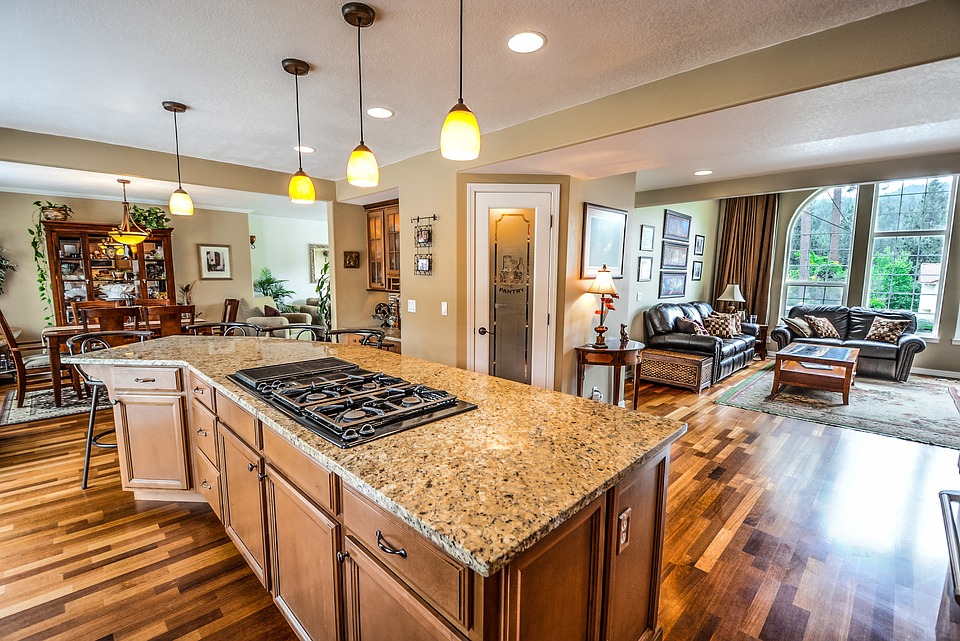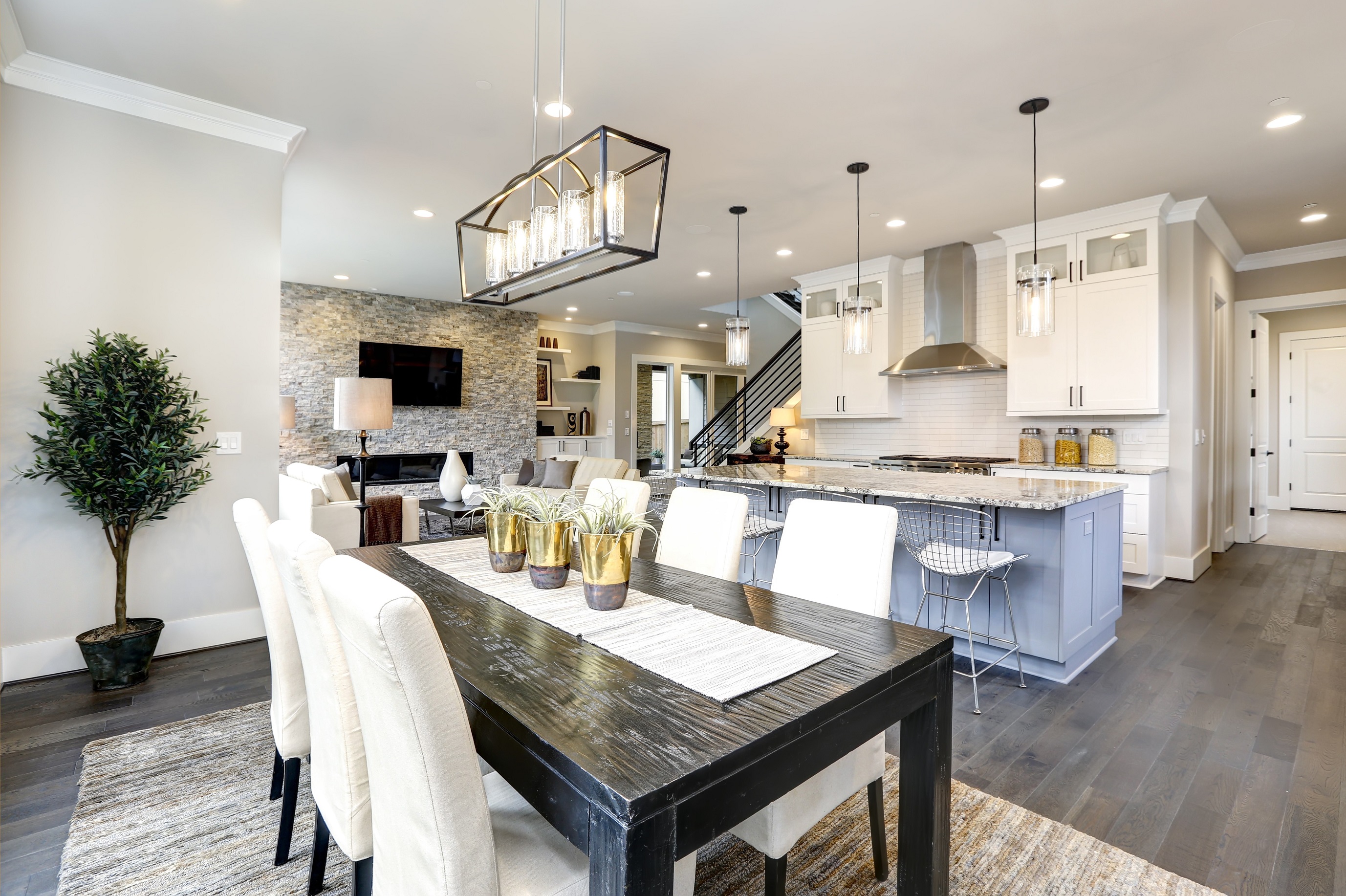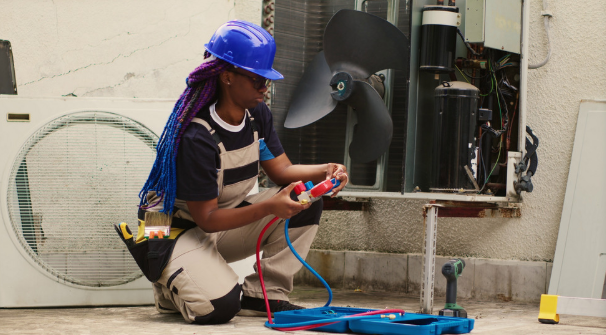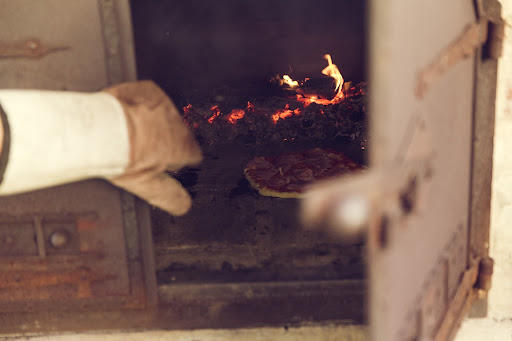New, professionally cut kitchen countertops generally range in price from $30 to $250 per square foot, depending on the material being used, and that easily adds up to hundreds or thousands of dollars invested in a full kitchen counter renovation.
Thus, you want to be sure your countertop measurements are accurate so your new counters are cut precisely right the first time.
Self-measuring Your Counter Space
You’ll want to begin with a preliminary (close) estimate of your countertops in square inches so you can get a good idea of what it will cost even before contacting a professional contractor. A simple tape measure is the tool for the job. Also have pen, paper, and calculator handy.
If you’re measuring old counters that you want to replace with new counters of equal dimensions, that simplifies things greatly. Otherwise, you’ll have to have the cabinets ready and measure based on the desired position of your future counters.
Here are the steps to follow in taking the measurements:
1. Grab some graph paper so you can draw a sketch of your counters, including the backsplashes and cut outs around sinks and the stove.
2. Focus on measuring length (linear feet), but also measure width. Note that standard sizes are often used for width, so you may or may not need to worry about it.
3. Measure a little long to be on the safe side and measure twice to be sure you didn’t make a mistake.
4. Break up L-shaped counters into two rectangles with a connecting square and take the length and width of each unit.
5. Multiply length by width to find square inches. Write the amount in each section on your graph paper and add it all up.
6. For curved or odd-shaped counters, make a template using cardboard and have a professional measure the template at their office. Or else just estimate the measurements as best you can.
Professional Countertop Measuring
Your professional countertop installer obviously has to get more precise than you did in your preliminary measuring. There are two main methods your contractor might use when measuring a counter top.
First up, – digital measuring tools on a tripod. A computer in a box sits on the tripod, and the contractor pulls a pen-like object connected to the box by a cord across the room. He/she places the pen on each necessary point to form the template digitally and clicks till it beeps.
Such a contractor might also use his own cardboard templates to use in cutting the counters off-site, or he might have a digital measuring tool with adequate scroll-around ability to handle curved lines.
But, for better speed and accuracy, look for a contractor with up to date photogrammetry software and a good camera!
How does it work? The contractor takes numerous photographs of an existing countertop, or if there is no counter as yet, of well placed markers showing where the new countertop will go. These pictures are taken from every conceivable angle to give the software the most possible information.
Photo data is transmitted electronically to the countertop manufacturing plant, where it is stored. The software uses the data to create extremely precise templates that are usable by an automatic cutter. The end result is you get better countertops, faster, and often at the same or a lower price point.
Measuring kitchen counters can be done in several different ways. But some methods are faster, more accurate, and more convenient than others. Photogrammetry is easily the most efficient and most advanced method to date.













